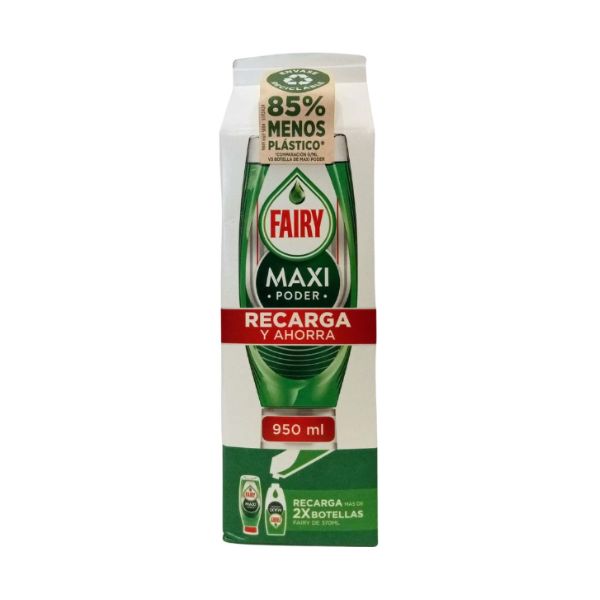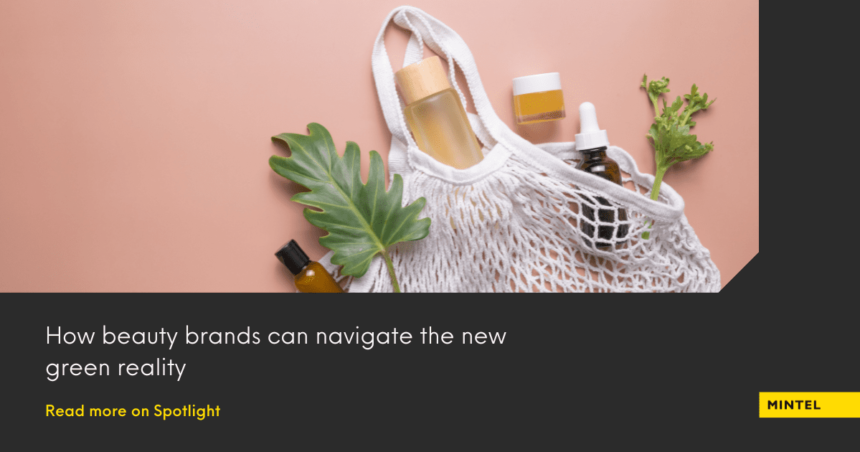Understanding Mintel’s 2024 Global Consumer Trend ‘New Green Reality’ in the context of beauty and personal care in Southeast Asia.
In SEA, the beauty and personal care industry is catching up on sustainability, as seen through product launches with ethical and environmental claims growing by 66% in the last five years between October 2018 to September 2023. However, consumers cite high costs and concerns about trustworthiness as among the barriers that discourage them from purchasing eco-friendly beauty/grooming products. As an increasing number of ‘green’ beauty products become available to consumers, brands have the opportunity to enhance their environmental consciousness and communicate the significance of their sustainability offerings.
By its very nature, beauty consumerism is all about consumption. How can brands strike a balance between the consumption of beauty and personal care products and being sustainable as they try to strengthen consumer confidence?
For one, beauty brands can establish guidelines, rules, and goals on their journey toward sustainability and communicate these properly to consumers through universally user-friendly platforms.
As an example, American beauty brand REN Skincare made a Zero Waste Pledge in 2018 to only produce packaging designed to be recyclable, containing recycled materials or being reusable by the end of 2021. In 2022, the brand announced the achievement of that pledge. Updates and initiatives are posted on its Clean Thoughts blog.
To avoid being seen as greenwashing by consumers, beauty brands should open up to checks and auditing by external experts to ensure accountability and traceability. Beauty and personal care brands should study their existing products and production chain, and understand where they fail or succeed in terms of sustainability.
Cost is also an important consideration. Instead of simply reducing prices, brands can communicate the value of choosing the sustainable option where possible and the impact this will have on the climate crisis.
Due to the pandemic and global conflicts,, international sourcing has become more expensive, in turn, driving product costs up, whether or not it is sustainably produced. To combat this, beauty brands can use locally produced ingredients and packaging to reduce sourcing costs while supporting local businesses. This could be particularly effective for SEA beauty players, where homegrown beauty brands already have a strong presence and identity.
Furthermore, brands can improve consumer confidence by supporting their local communities. In the Philippines, blk cosmetics launched its Universal line of products made for “absolutely anyone and everyone”, with shades meant to match various skin tones and types. The campaign is also inclusive for men and women.

Brands can also design their labels to easily provide and share more information. In Spain, Fairy Max Poder Refill has a front-of-pack “85% less plastic” message and an eye-catching recarga (refillable) banner.

With the majority of SEA consumers accessing social networks via their smartphones, beauty brands can share product formulation and ingredient changes on digital platforms. In China, social media platform Xiaohongshu and skincare brand Yoseido jointly launched videos to share the entire process of birch water (Yoseido’s star ingredient) production, covering harvesting, processing and blending.

One concrete means for consumers to understand what a sustainable product is by highlighting innovative and sustainable ingredients.
Mitr Phol, Asia’s biggest sugar and bio-energy producer, launched two skincare products made from sugarcane. This development created added value for the industry and helped to reduce sugarcane waste.
In the longer term, communicating the research and effort put into achieving sustainable operations is key to building trust between brands and consumers.
What we think
Beauty brands have the opportunity to become educators and reliable sources of information for consumers, fostering brand loyalty in the process. By educating consumers about the costs of not addressing the climate crisis and aligning campaigns or products with local needs, brands demonstrate their commitment to understanding the market.
Utilising locally produced ingredients and packaging not only reduces sourcing costs but also supports local businesses. Moreover, brands can establish consumer confidence by implementing clear guidelines, fostering transparency and leveraging digital platforms for engagement. Through these actions, beauty brands can strike a balance between beauty consumption and reducing waste, encouraging more consumers to join their sustainability journey.
Discover the latest sustainability trends in beauty and personal care at the Mintel Store. If you are interested in learning more about this topic, please contact us today.








